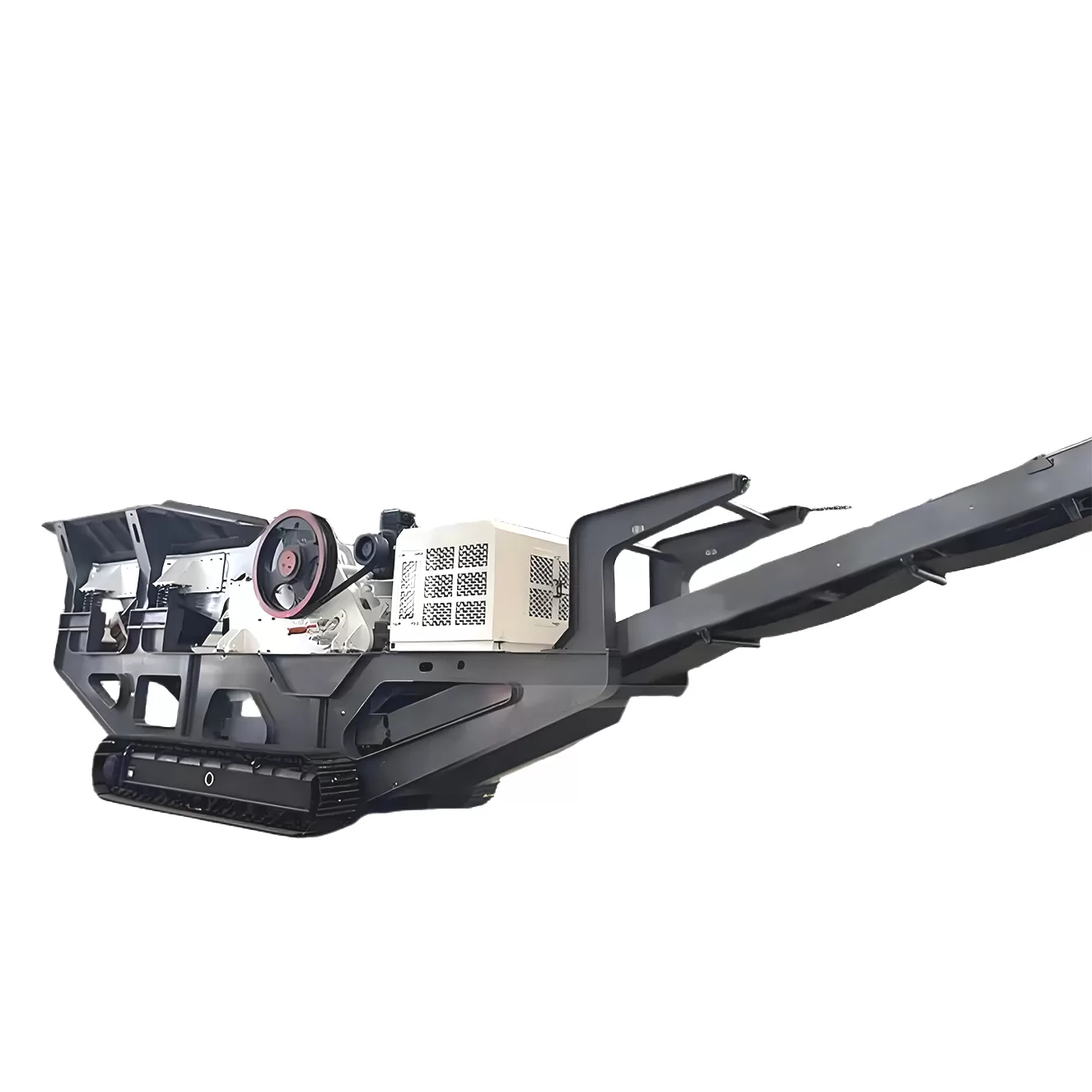全站搜索
Pesquisar em todo o sítio Web
Pesquisar em todo o sítio Web
This machine is a latest rock crushing equipment crushing, which is mainly used in the fields of metallurgy, chemistry, construction materials, hydroelectric power and so on.
A track-mounted jaw crusher is a primary crushing machine on a tracked chassis. It solves problems of crushing large, hard materials directly at the source, like quarries or demolition sites, eliminating costly hauling.
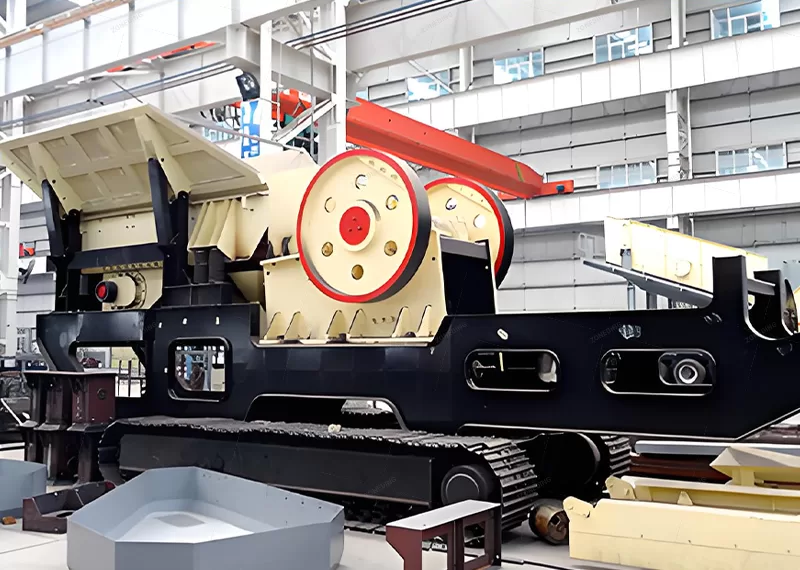
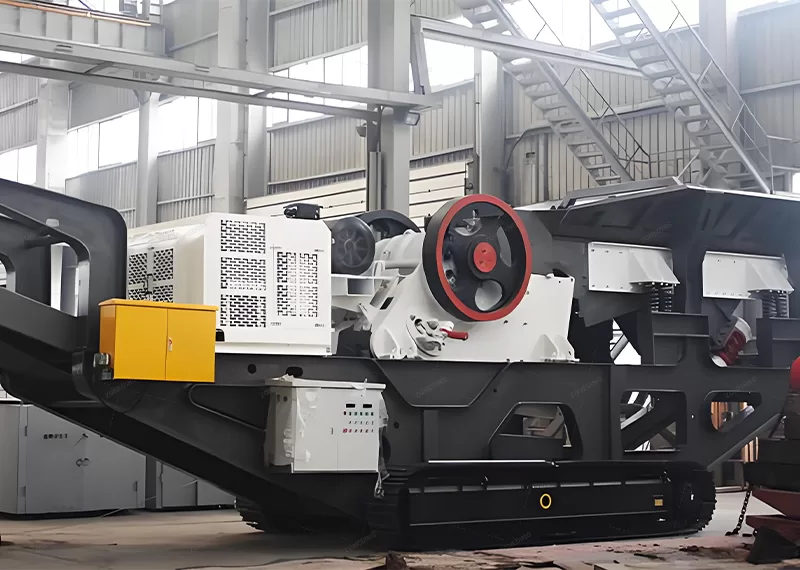
This machine combines raw crushing power with go-anywhere mobility.
Track-mounted jaw crushers are ideal for quarries, mining operations (especially opening new areas), large-scale construction demolition sites, and road building projects where mobility and handling large feed are crucial.
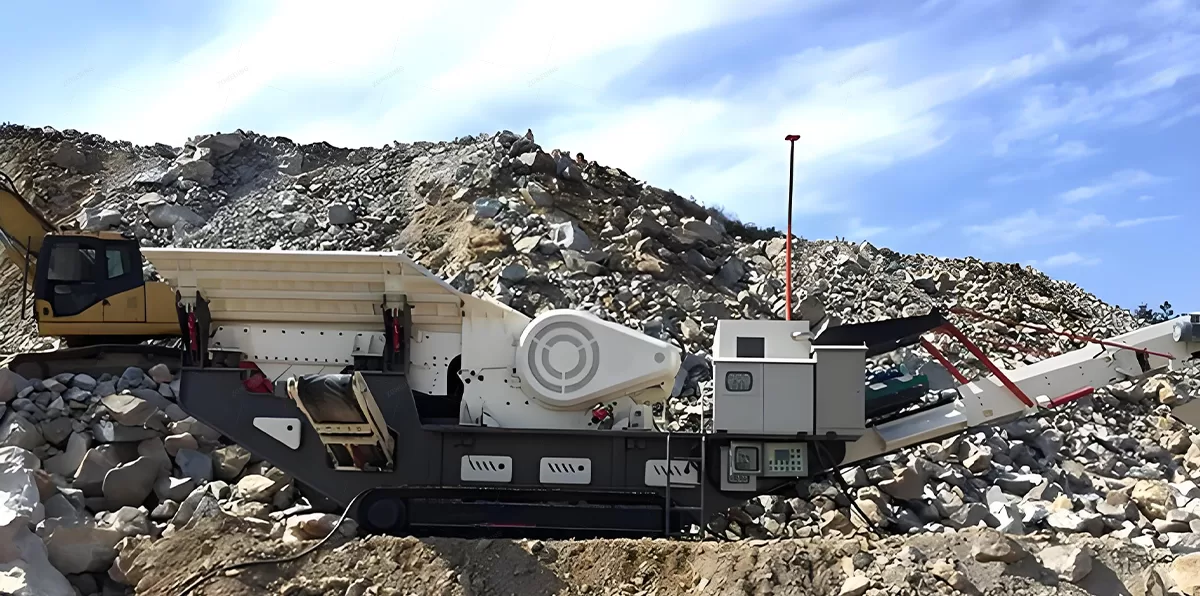
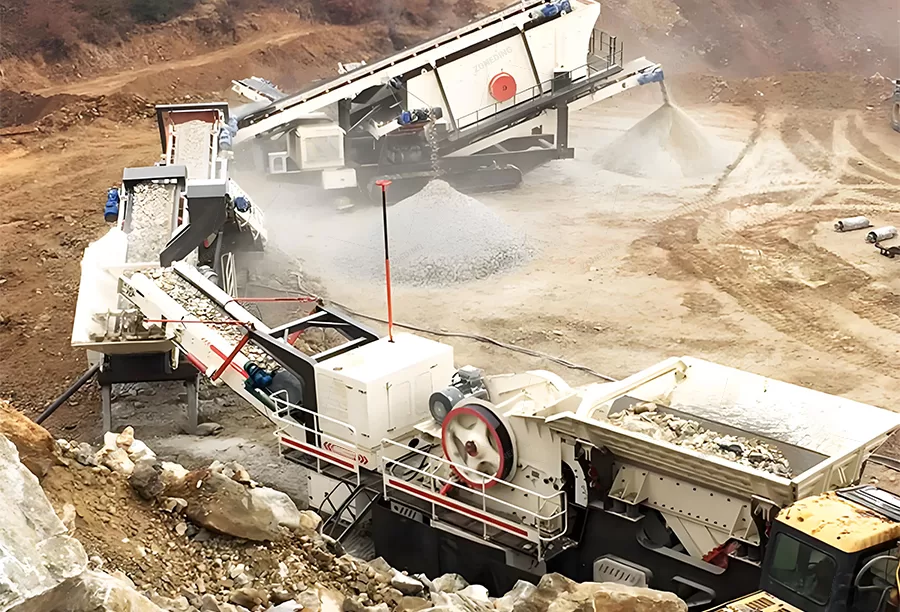
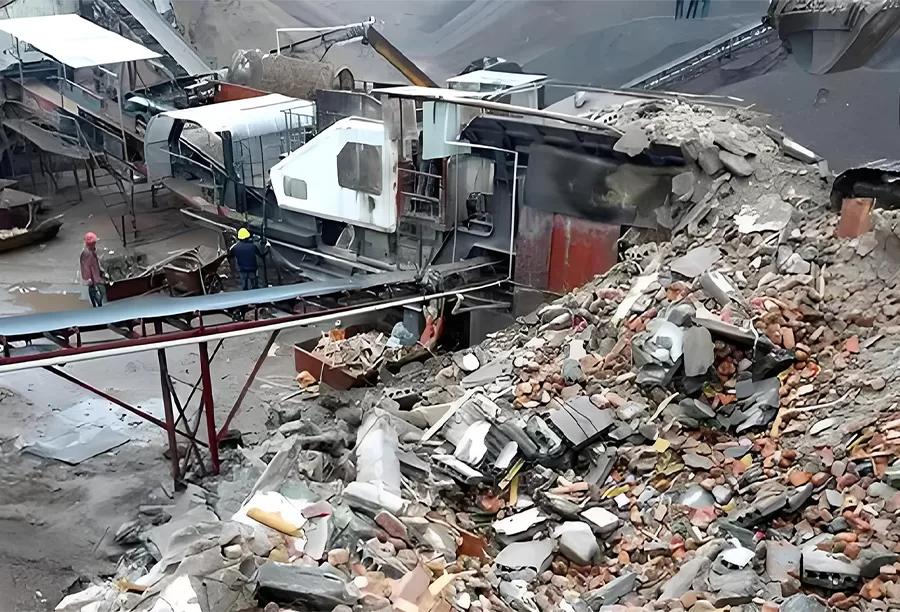
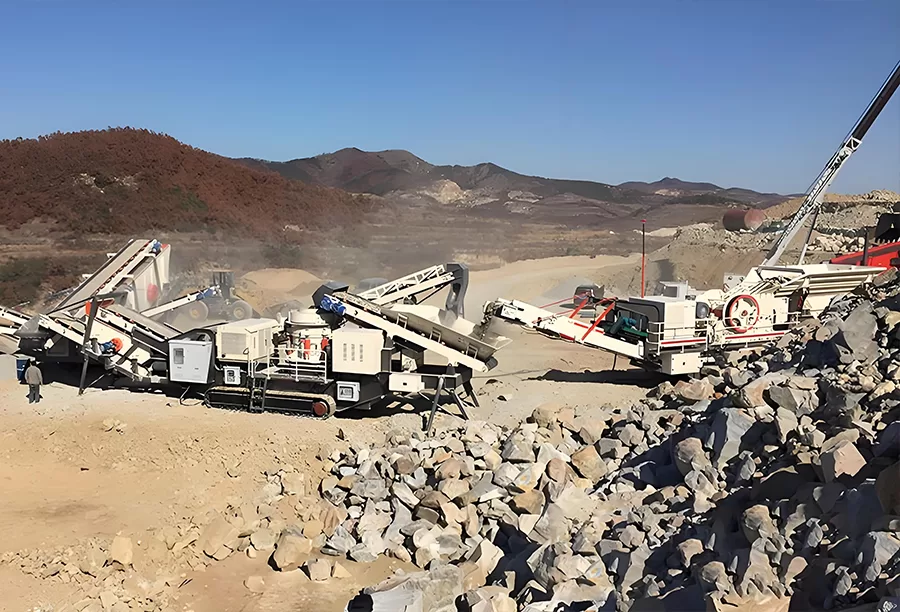
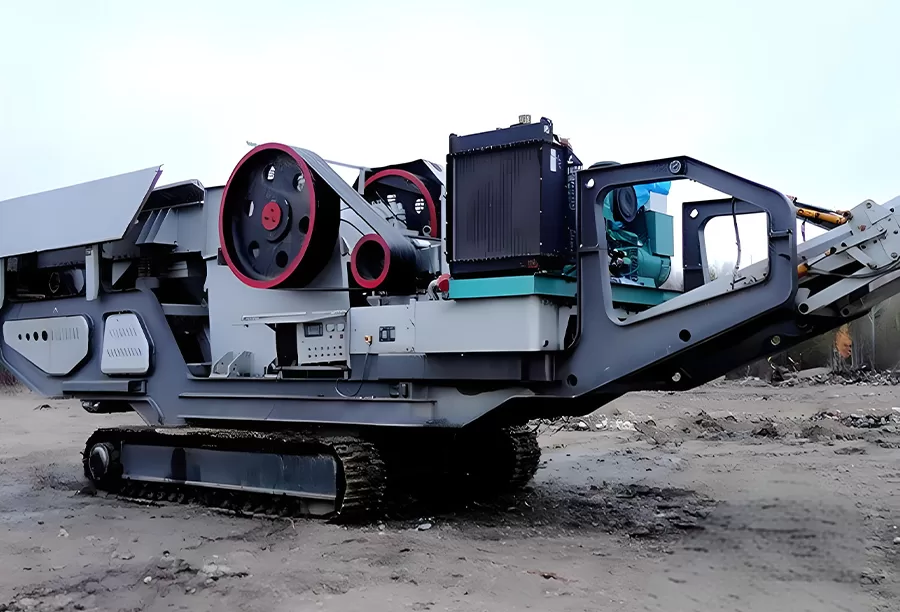
Different materials crush differently. Using a standard model for very hard rock or sticky material leads to problems. Matching the crusher to the material is key for performance.
Select the model based on the material’s maximum feed size, hardness (compressive strength), abrasiveness, moisture content, and presence of clay or contaminants like steel rebar.
| Modelo | WT96 | WT106 | WT120 | |
| Dimensions of Transmission Devices | Length | 14200mm | 14900mm | 15200mm |
| Width | 2900mm | 3000mm | 3200mm | |
| Height | 3470mm | 3600mm | 3700mm | |
| Weight | 38t | 50t | 65t | |
| Feeder | Hopper Volume | 5m³ | 5m³ | 6m³ |
| Loading Height | 3900mm | 4100mm | 4300mm | |
| FeederModel | GZDT3895 | GZDT1145 | GZDT1245 | |
| Unearthed Belt Conveyors | Dimensions(Width×Length) | 800×9000mm | 1000×10000mm | 1200×12000mm |
| Dumping Height | 3100mm | 3200mm | 3400mm | |
| Crusher | Modelo | CJ96 | CJ106 | CJ120 |
| Inlet Dimensions | 930×580mm | 1060×700mm | 1200×870mm | |
| Max.Feeding Size | 480mm | 560mm | 700mm | |
| Main Belt Conveyor | Dimensions(Width×Length) | 800×9000mm | 1000×10000mm | 1200×12000mm |
| Dumping Height | 3100mm | 3200mm | 3400mm | |
| Iron Remover | Modelo | RCYQ-8 | RCYQ-10 | RCYQ-10 |
| Diesel Engine | Power | 96kw | 106kw | 132kw |
| Manufacturer | Carter Perkins | Carter Perkins | Carter Perkins | |
| The Main Machine | Power | 112.9kw | 141.4kw | 196.2kw |
| Ways of Controlling | Wired/Wireless (optional) | Wired/Wireless (optional) | Wired/Wireless (optional) | |
Let’s break down how material properties influence your choice.
| Material Type | Key Considerations | Recommended Features |
|---|---|---|
| Hard, Abrasive Rock | High power needed, rapid jaw wear | Heavy-duty build, high manganese (Mn18+) jaws, easy change |
| Softer Rock (Limestone) | Lower power okay, less wear | Standard build often sufficient |
| C&D Waste (Concrete) | Variable size, rebar common, potentially dusty | Robust build, strong magnet, effective dust suppression |
| Sticky / High Clay Ore | Risk of packing/clogging | Consider no pre-screen grizzly, steeper chamber angle |
| Large Feed Size | Needs large gape | Larger model size required |
Please provide us with details of your feed material. This will allow us to recommend the most suitable model and configuration, including the right jaw material and profile, to ensure optimal performance and service life.
Regular lubrication, consistent feed control, routine inspection of wear parts (especially jaw plates and toggle seats), keeping the machine clean, and addressing minor issues promptly are crucial for longevity.
Investing time in these routine checks and practices prevents major failures and significantly extends the crusher’s working life.
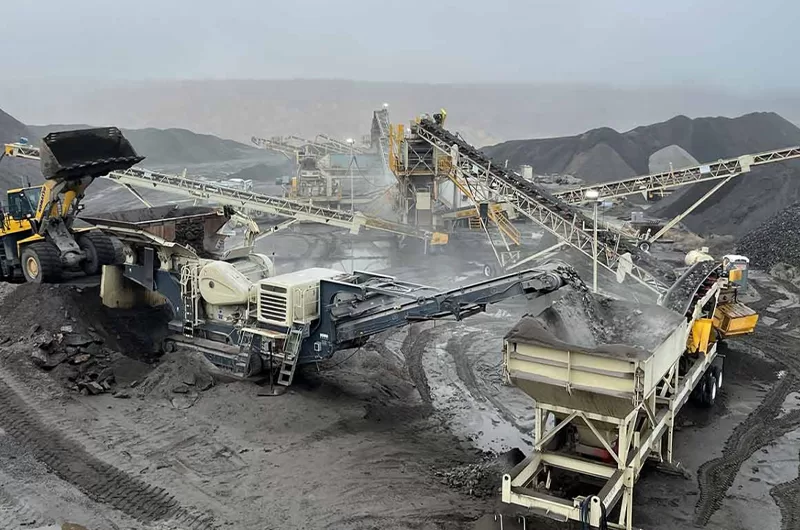
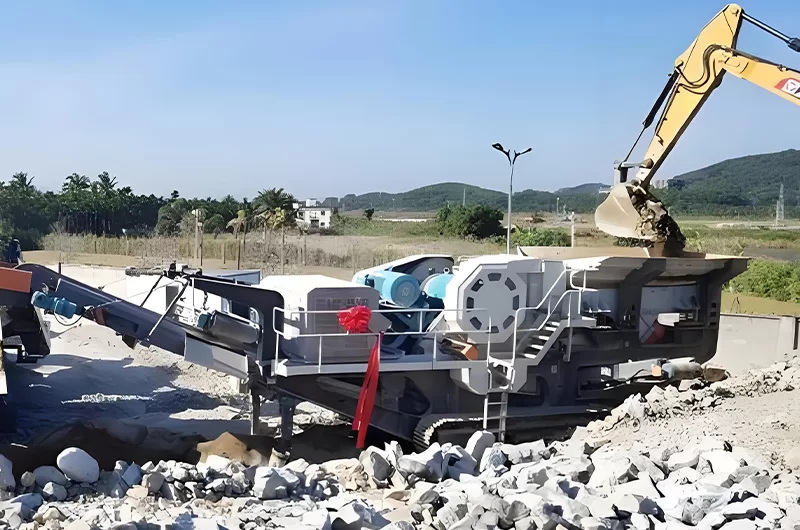
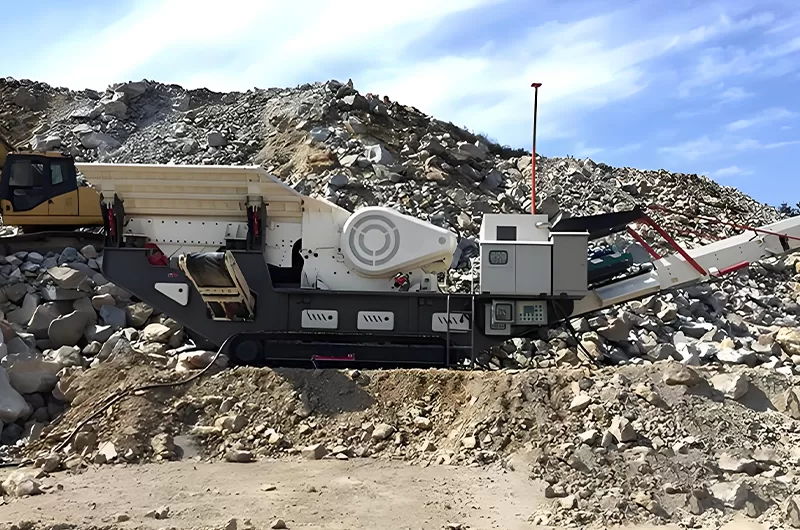
A seleção depende das caraterísticas do material (tamanho máximo de alimentação, dureza, abrasividade), do rendimento necessário (tph), do tamanho de saída desejado (CSS), da potência disponível do motor e do orçamento. Uma análise cuidadosa garante um desempenho ótimo e rentável.
A instalação correta requer uma base robusta e nivelada e um alinhamento preciso. O funcionamento correto envolve verificações prévias minuciosas, arranque em vazio, alimentação uniforme controlada, evitar sobrecargas/agitação e seguir a sequência de encerramento adequada.
As verificações diárias incluem fixadores, lubrificação e inspeção visual das peças de desgaste. A manutenção regular envolve inspecções mais profundas e assistência a componentes. Prolongar significativamente a vida útil da placa da mandíbula através de uma seleção adequada do material, alimentação uniforme, pré-seleção e rotação ou inversão estratégica das placas.
As falhas mais comuns incluem paragens súbitas (estrangulamento), redução da produção, problemas na placa da mandíbula, sobreaquecimento dos rolamentos, vibração excessiva e quebra da placa de alternância. A resolução de problemas envolve a identificação sistemática de causas como bloqueios, desgaste, peças soltas ou definições incorrectas.
As britadeiras de maxilas são excelentes para a britagem primária de materiais grandes e duros devido à sua robustez. Trituradores de cone são mais adequados para a britagem secundária/terciária de rocha dura, oferecendo maior redução e melhor forma. Trituradores de impacto produzem um excelente produto cúbico, mas desgastam-se muito mais rapidamente em rochas duras e abrasivas.
